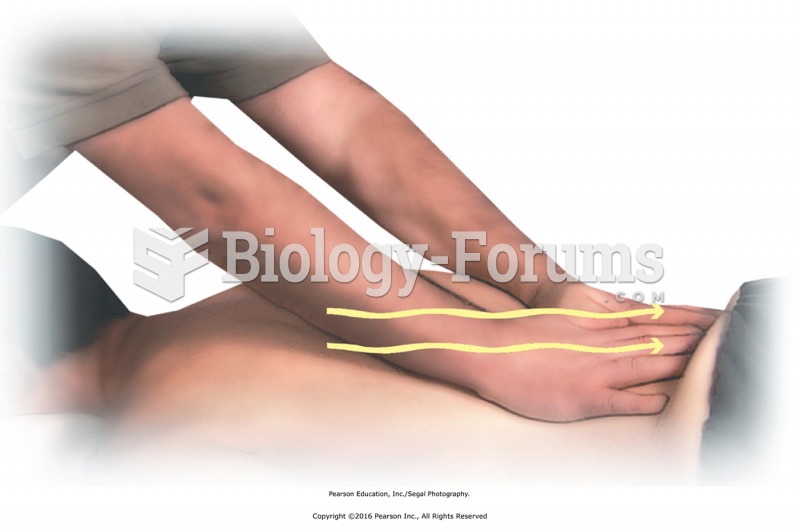|
|
|
The first-known contraceptive was crocodile dung, used in Egypt in 2000 BC. Condoms were also reportedly used, made of animal bladders or intestines.
For high blood pressure (hypertension), a new class of drug, called a vasopeptidase blocker (inhibitor), has been developed. It decreases blood pressure by simultaneously dilating the peripheral arteries and increasing the body's loss of salt.
According to the Migraine Research Foundation, migraines are the third most prevalent illness in the world. Women are most affected (18%), followed by children of both sexes (10%), and men (6%).
The lipid bilayer is made of phospholipids. They are arranged in a double layer because one of their ends is attracted to water while the other is repelled by water.
Women are 50% to 75% more likely than men to experience an adverse drug reaction.
 These examples of stimuli were used in the experiment by Vinckier et al. (2007). Mouton is the Frenc
These examples of stimuli were used in the experiment by Vinckier et al. (2007). Mouton is the Frenc
 Use one hand to knead posterior neck muscles. Place the other hand on the recipient’s forehead to ...
Use one hand to knead posterior neck muscles. Place the other hand on the recipient’s forehead to ...
 Rhythmic sliding compression down the spine and effleurage with palms back to the head. Place palms ...
Rhythmic sliding compression down the spine and effleurage with palms back to the head. Place palms ...




